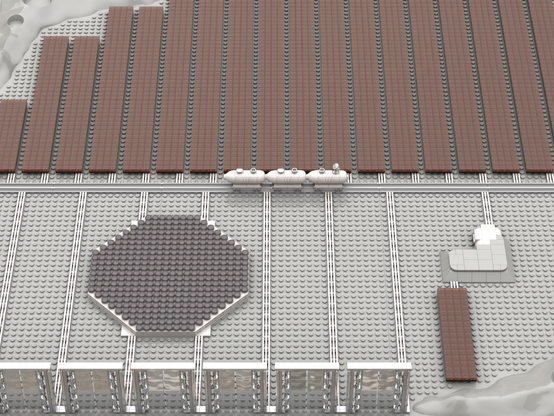📊 2025 : The simulations show that if the swarm design can deliver #electricity at six to nine times the projected 2050 cost of ground PV, system #costs fall by 7%–15% 📉. At that price, #space -based #solar ☀️ can displace up to 80% of wind-plus-solar capacity and cut #battery needs by more than 70% https://www.sciencedirect.com/science/article/pii/S2542435125002557
Based on the cost 💶 assumption of #SBSP, the projected value-adjusted levelised cost could even reach 69 EUR/MWh for the first system. Applying a learning curve metric already shows cost reduction potential in the setup of the first 10 SPS station deployments, leading to an estimated VALCoE of 49 EUR/MWh. This means that SBSP has the potential to even become a cost-competitive renewable technology https://www.rolandberger.com/en/Insights/Publications/Space-based-solar-power.html
The #ZEUS #SBSP #satellite constellation is designed to harness #solar ☀️ power and transmit it wirelessly to the lunar base. It will enable the continuous operation of #ISRU facilities at the lunar🌙 South Pole https://www.sciencedirect.com/science/article/pii/S009457652500270X
#wireless #power #transfer #IRS #SpaceSystems #University #Stuttgart
The #UK 🇬🇧, #US 🇺🇸, #Japan 🇯🇵 and #China 🇨🇳 are now investing in #space based solar ☀️ power. The #atmosphere reflects around 30% of the #energy that reaches our planet while it absorbs around a quarter before it even reaches the Earth's surface. Space-based 🌌 solar panels can avoid this effect, but can remain in near-constant sunlight https://www.bbc.com/future/article/20251029-the-beam-dream-should-we-build-solar-farms-in-space



